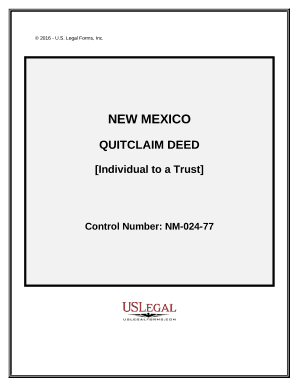
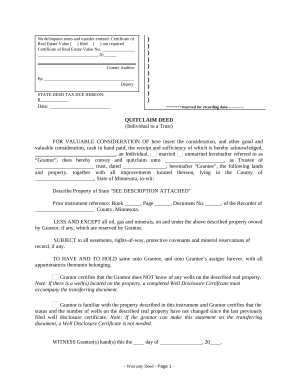

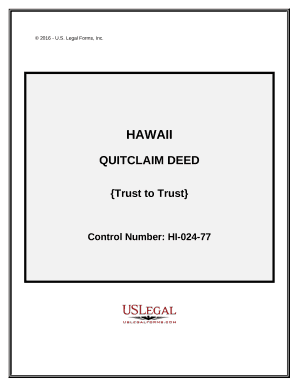
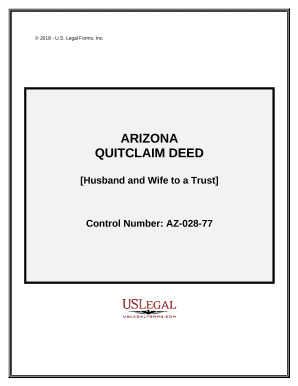
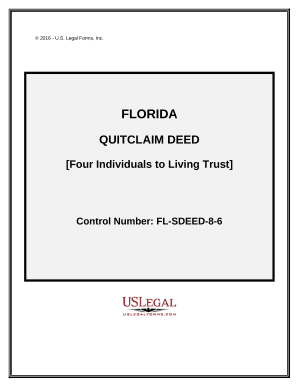
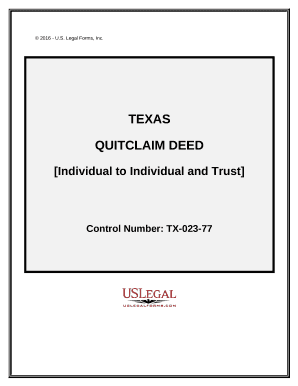
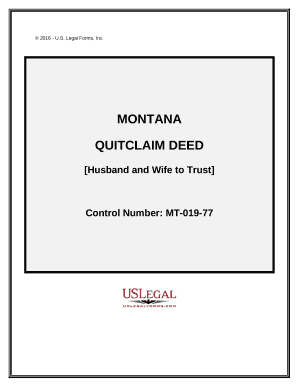
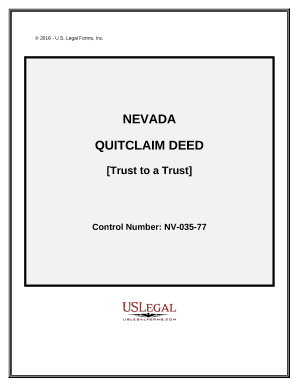
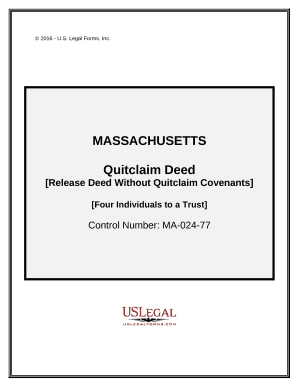


Boost your file administration with the Quitclaim Deed for Trust category with ready-made document templates that suit your needs. Access the form template, change it, fill it, and share it with your contributors without breaking a sweat. Begin working more effectively with your forms.
The best way to manage our Quitclaim Deed for Trust:
Explore all of the opportunities for your online document administration with our Quitclaim Deed for Trust. Get a free free DocHub profile right now!